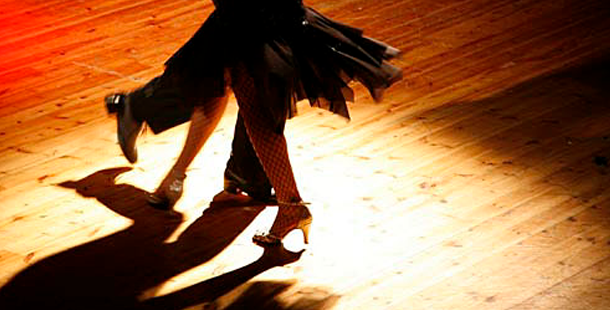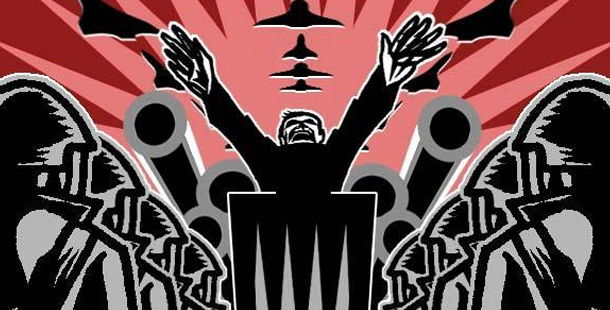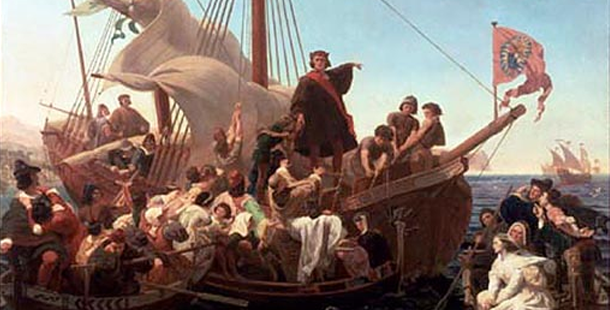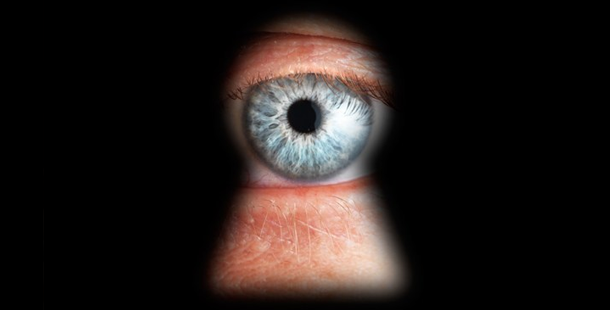


Geography
25 Best Cities For Young People To Live In
Posted by Juan Castillo, Updated on April 20, 2024


Show Us Your Love
Join Over 2 Million+ List25 Fans

Entertainment
25 Amazing Dances From Around The World
Posted by List25 Team, Updated on April 20, 2024

History
25 Most Ruthless Political Parties To Ever Hold Power
Posted by Josef, Updated on April 20, 2024


History
25 Epic Expeditions And The Explorers That Made Them
Posted by List25 Team, Updated on April 20, 2024

People
25 Most Prolific Spies And Their Top Secret Missions
Posted by List25 Team, Updated on April 20, 2024

People
25 Reasons You Know You Grew Up In The 90’s
Posted by Juan Castillo, Updated on April 20, 2024



Entertainment
25 Behind The Scenes Secrets Of ‘The Office’
Posted by Josef, Updated on April 20, 2024



Entertainment
25 Most Intimidating Stadiums In The World
Posted by Elaine Dimdam, Updated on April 20, 2024

Entertainment
25 Most Popular Songs For The Millennial Generation
Posted by Elaine Dimdam, Updated on April 20, 2024
